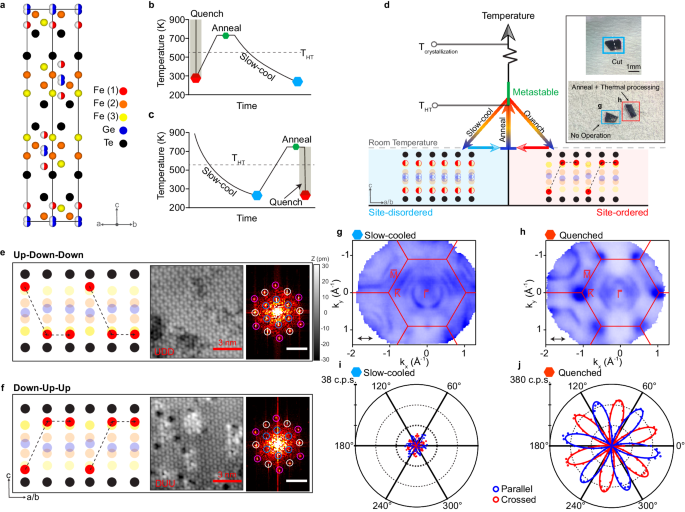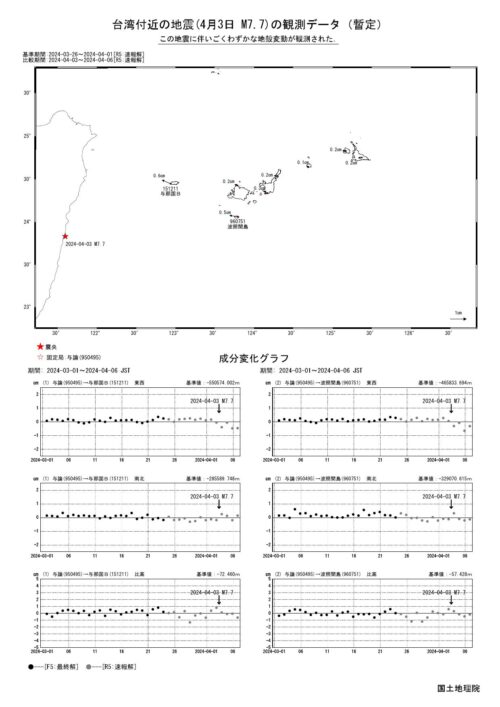2024-04-04 カリフォルニア大学バークレー校(UCB)
<関連情報>
- https://news.berkeley.edu/2024/04/04/evs-are-lowering-bay-area-s-carbon-footprint
- https://pubs.acs.org/doi/10.1021/acs.est.3c09642
ベイエリアのCO2排出量の持続的削減 2018-2022 Sustained Reductions of Bay Area CO2 Emissions 2018–2022
Naomi G. Asimow, Alexander J. Turner, and Ronald C. Cohen
Environmental Science & Technology Published:April 4, 2024
DOI:https://doi.org/10.1021/acs.est.3c09642
Abstract

Cities represent a significant and growing portion of global carbon dioxide (CO2) emissions. Quantifying urban emissions and trends over time is needed to evaluate the efficacy of policy targeting emission reductions as well as to understand more fundamental questions about the urban biosphere. A number of approaches have been proposed to measure, report, and verify (MRV) changes in urban CO2 emissions. Here we show that a modest capital cost, spatially dense network of sensors, the Berkeley Environmental Air Quality and CO2 Network (BEACO2N), in combination with Bayesian inversions, result in a synthesis of measured CO2 concentrations and meteorology to yield an improved estimate of CO2 emissions and provide a cost-effective and accurate assessment of CO2 emissions trends over time. We describe nearly 5 years of continuous CO2 observations (2018–2022) in a midsized urban region (the San Francisco Bay Area). These observed concentrations constrain a Bayesian inversion that indicates the interannual trend in urban CO2 emissions in the region has been a modest decrease at a rate of 1.8 ± 0.3%/year. We interpret this decrease as primarily due to passenger vehicle electrification, reducing on-road emissions at a rate of 2.6 ± 0.7%/year.



